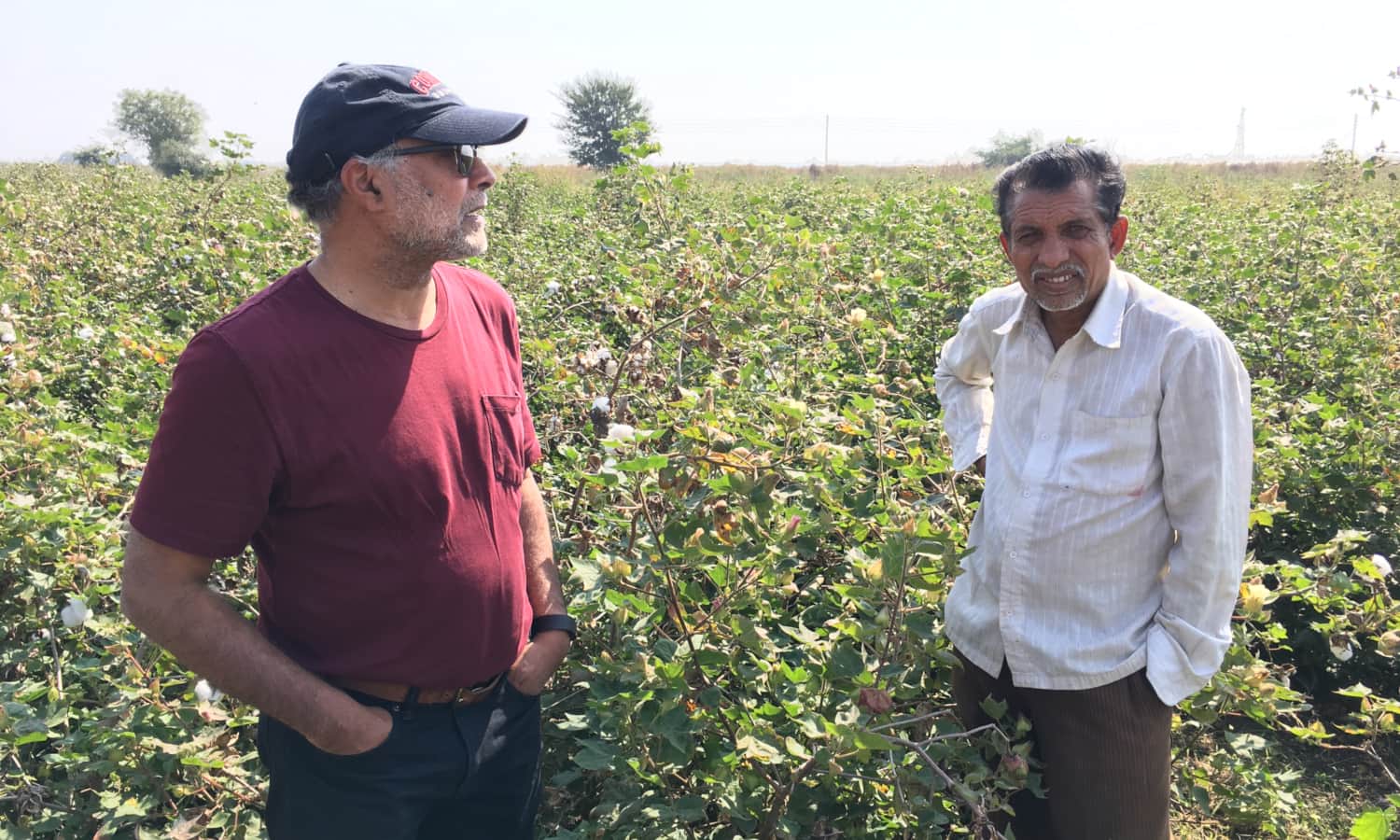Record-setting heat waves plaguing India are threatening crop yields amid increased global demand for grains. In response, the Indian government recently imposed a ban on wheat exports.
The early arrival of heat waves resulted in India’s hottest March on record, according to the India Meteorological Department. High temperatures continued through the following months and into June, peaking near 50 degrees Celsius (122 degrees Fahrenheit).
The record temperatures took their toll on wheat crop development, stunting growth and affecting projected yields. “India’s national planning commission, the Niti Aayog, estimates that wheat production will drop by 10 percent from the anticipated level of 110 million tons,” Dr. Prabhu Pingali, Director of the Tata-Cornell Institute, tells Food Tank. “Farms that suffered the most are the ones with poor or unreliable access to irrigation,” he adds. Fortunately, Pingali says, “the heatwave has not affected other crops to any significant extent.”
India is the second leading producer of wheat in the world, and steady increases in India’s wheat production over the past three years boosted projections for this year’s growing season.
Before the heat waves arrived, India stood as a noteworthy candidate to help freeze grain price inflation caused by Russia’s war in Ukraine. Combined, Russia and Ukraine accounted for over a quarter of the world’s wheat exports in 2020. But Russia’s invasion of Ukraine disrupted supply chains and drew sanctions, resulting in a global wheat shortage. India’s Prime Minister Narendra Modi made assurances to send food relief to affected countries.
Despite these intentions, as temperatures lowered crop yields, the country decided to ban wheat exports to ensure a sufficient supply for national needs.
As a result, “the majority of wheat farmers, most of them cultivating less than two hectares of land, did not benefit from the rise in global prices,” Pingali tells Food Tank.
Pingali adds, “India has large enough buffer stocks to ensure that the crop loss and the rise in wheat prices will not seriously impact India’s rural poor, who are served by the largest subsidized food distribution program in the world, the Public Distribution System.”
But food price inflation still spells uncertainty for “impoverished people in urban areas, especially migrant laborers, [who] generally have worse access to such food programs. Rising food prices could seriously impact their food and nutritional security,” explains Pingali.
Research from the World Weather Attribution shows that heat waves are likely to worsen. Their recent study concludes “that human-caused climate change made this heatwave hotter and more likely” and “heatwaves like this will become even more common and hotter.”
Agriculture in India will need to adapt to lessen future threats from climate change, Pingali argues. Regional agricultural experts are meeting to identify strategies that can help India’s farmers persevere. Pingali says these best practices “include utilizing reduced-tillage farming methods, use of high temperature tolerant crop varieties, more efficient water and fertilizer management, and better management of crop residues.”
The Tata-Cornell Institute is working with smallholder farmers in the state of Bihar to increase crop production and mitigate emissions through changes to agricultural systems. They hope to make Bihar a model for other Indian states and other countries facing similar climate challenges.
“By diversifying production away from wheat-rice systems and towards crops that are both more nutritious and less dependent on irrigation, such as millets and other coarse grains,” Pingali tells Food Tank, “we can improve nutrition outcomes, lower emissions, and make the food system more resilient against climate change.”
Articles like the one you just read are made possible through the generosity of Food Tank members. Can we please count on you to be part of our growing movement? Become a member today by clicking here.
Photo courtesy of the Tata-Cornell Institute













